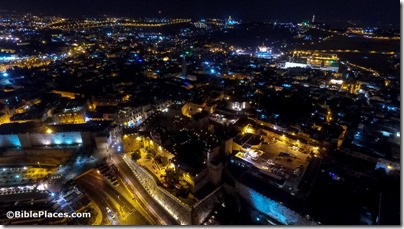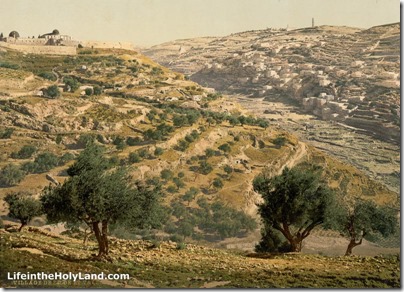A copper alloy ring bearing the inscription “of Pilatus” may have belonged to Pontius Pilate. The ring was discovered in excavations of the Herodium in 1968–69, and a new study of it was requested by the current excavation director Roi Porat. The results of the investigation were published in the Israel Exploration Journal, and popular articles have been written in Haaretz (premium) and The Times of Israel. The latter article concludes:
As to whose ring it actually was, the authors offer a few suggestions, including other Early Roman period men called “Pilatus.” Likewise, the name may have referred to those under the historical Pilate’s command, a member of his family “or some of his freed slaves,” they write. “It is conceivable,” write the authors, “that this finger ring from a Jewish royal site might have belonged to a local individual, either a Jew, a Roman, or another pagan patron with the name Pilatus.” It did not, they conclude, belong to the Roman prefect himself. Porat offers another possibility, however. What if, maybe, Pilate had a gold ring for ceremonial duties and a simple copper ring for everyday wear? “There is no way of proving either theory 100% and everyone can have his own opinion,” said Porat. Regardless, “it’s a nice story and interesting to wrap your head around.”
The Israel Exploration Journal article is not online (as far as I can tell), but its abstract reads:
A simple copper-alloy ring dated to the first century BCE–mid-first century CE was discovered in the hilltop palace at Herodium. It depicts a krater circled by a Greek inscription, reading: ‘of Pilatus’. The article deals with the typology of ancient representations of kraters in Second Temple Jewish art and with the possibility that this ring might have belonged to Pontius Pilatus, the prefect of the Roman province of Judaea or to a person in his administration, either a Jew or a pagan.
HT: Alexander Schick

